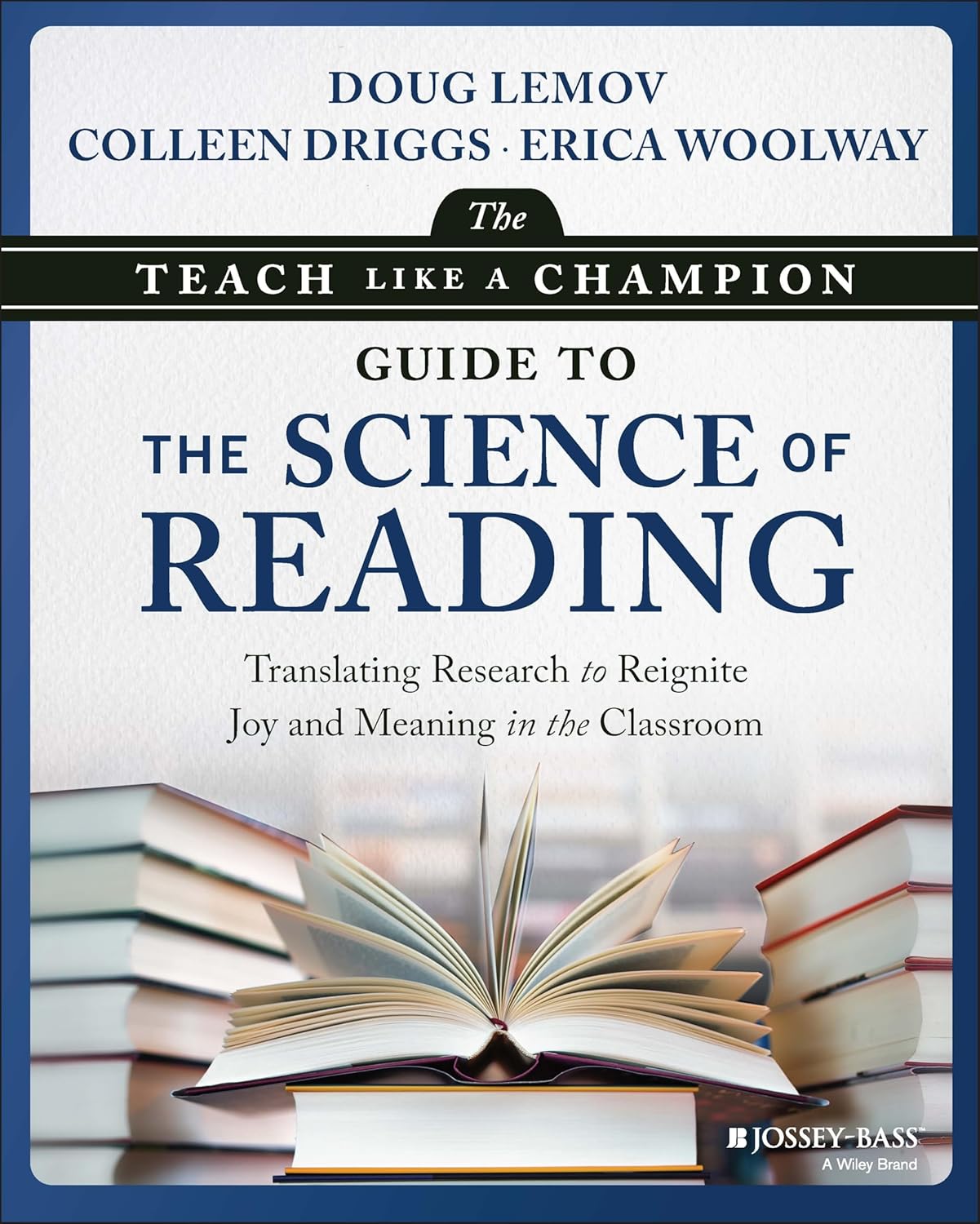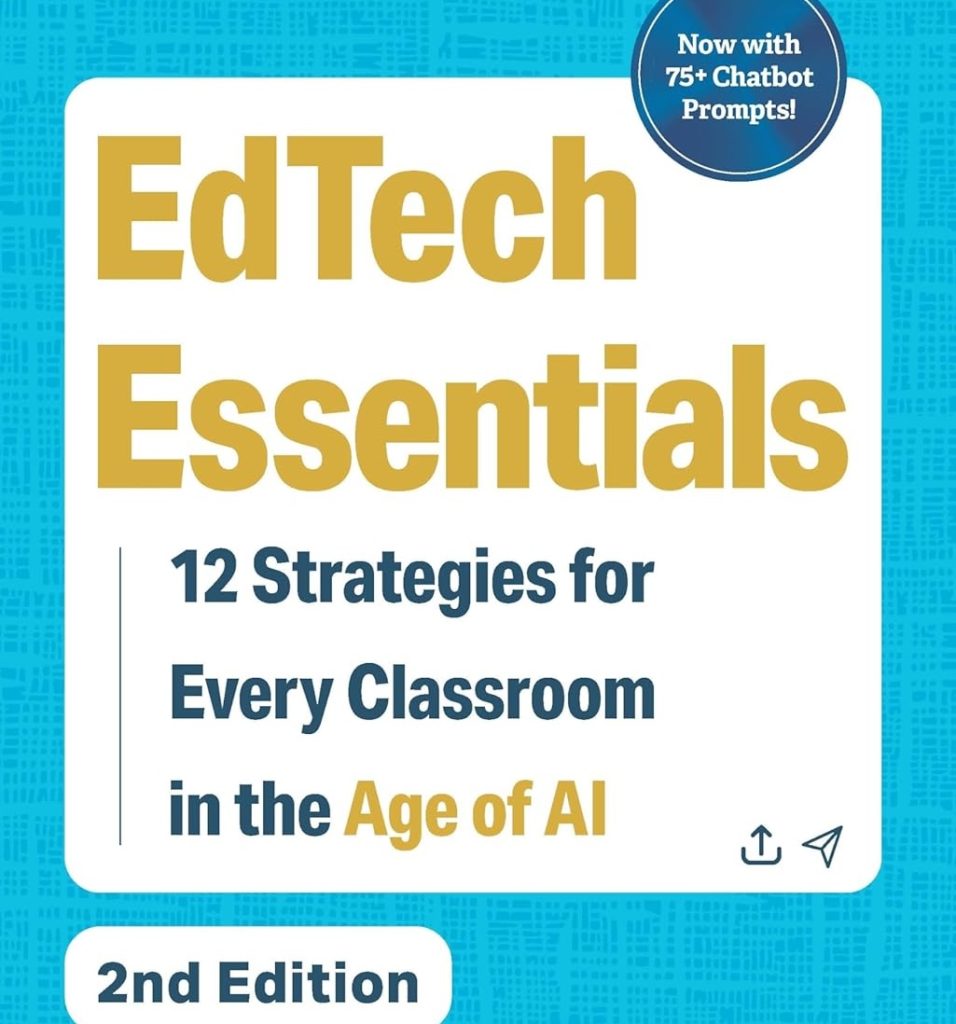

Doug Lemov, Colleen Driggs, and Erica Woolway pick up where the phonics debate leaves off. Once students crack the code of decoding, what then? For too long, the answer in many classrooms has been a bag of vague strategies — “find the main idea,” “make an inference,” “use context clues.” Strategies that sound sensible but float untethered from how comprehension actually works. The Teach Like a Champion Guide to the Science of Reading argues that reading beyond phonics isn’t mystery or magic, and certainly not guesswork. It’s science, and it can be taught.
What’s striking here is how seamlessly the book marries cognitive science with classroom craft. Each chapter revolves around a single sturdy idea — attention, fluency, knowledge, vocabulary, writing, books, close reading — and together they form a framework that feels less like theory and more like a map teachers can actually use. It’s rigorous, yes, but also deeply human: a vision of reading that honors both the science of learning and the lived experience of students in front of us. Read-alouds aren’t treated as pleasant extras but as fuel for fluency. Knowledge organizers aren’t dusty handouts but living guides to be revisited and tested. Vocabulary isn’t a guessing game but a body of knowledge that must be taught, used, and returned to. Page by page, the book insists on one thing: comprehension has to be built with intention.
The prose itself carries the urgency of a coach on the sidelines. Lemov and his colleagues write with conviction, sometimes prescriptive, but rarely heavy-handed. Their tone says: we’ve seen what works, the evidence is clear, now let’s not waste time. That kind of clarity may feel brisk to some readers, but it’s hard to argue with the payoff — guidance distilled from thousands of hours in real classrooms, sharpened by research, and delivered without apology.
Perhaps the book’s most powerful thread is its argument for equity. Students from language-rich homes accumulate background knowledge and vocabulary almost without noticing. Others do not. And when schools offer only fragmented passages and hollow strategies, the gap only widens. But put whole books at the center, layer them with explicit word work and purposeful writing, and suddenly access to knowledge — and the doors it opens — becomes available to all. Literacy, the authors argue, is not just an academic skill but a matter of justice.
This is not a handbook of quick tricks. It is, instead, a coherent framework for teaching reading once decoding is in place. The argument is simple but compelling: attention is trainable, fluency is lifelong, knowledge is power, vocabulary is cumulative, writing clarifies thinking, and books are not optional add-ons but the very heart of the curriculum. Close reading belongs in the mix, but as a spotlight — not the whole show.
The Science of Reading movement has rightly restored phonics to its place at the center of early literacy. But as Sold a Story made plain, fixing what went wrong in the early years is only half the battle. Lemov and his colleagues now push us to ask the harder question: once the code is cracked, how do we create readers who can think deeply, critically, and with joy? Their answer is demanding, evidence-driven, and — most importantly — actionable.
In the end, this book is both a manifesto and a manual. It reminds us that literacy is not just about unlocking words, but about unlocking worlds — and that requires attention, fluency, knowledge, vocabulary, writing, and, above all, books. In a field awash with buzzwords and quick fixes, The Teach Like a Champion Guide to the Science of Reading stands out as something rarer: a guide worth following.





